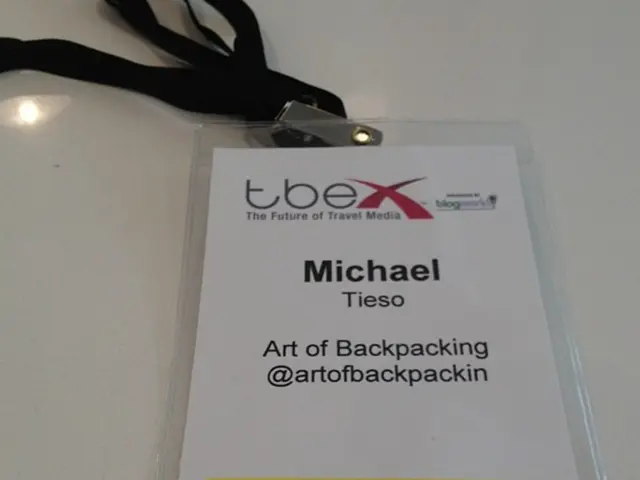The fate of the human species and its connection to job polarization explained
In the ever-evolving landscape of the modern world, a significant trend is reshaping labor markets and posing challenges to human survival and socioeconomic equity: **job polarization**. This phenomenon is characterized by the growing divide between high-skill, high-wage jobs and low-skill, low-wage jobs, with a concurrent contraction in middle-skill employment opportunities.
This employment shift, primarily driven by technological advancements and digital transformation, can increase inequality by concentrating economic opportunities among high-skilled workers, while lower-skilled workers face job insecurity or unemployment. The decline of middle-skill jobs significantly impacts economic stability and social cohesion, as these positions have traditionally provided a pathway to upward mobility for many individuals.
The consequences of job polarization extend beyond the labor market. Health and survival outcomes are linked to job losses from automation. Workers displaced from middle-skill occupations may experience increased risks of disability and higher mortality rates, particularly in regions and populations heavily affected by economic disruption. These health consequences stem partly from economic instability and reduced access to resources supporting well-being.
Broader social polarization, fueled by income inequality and job polarization, may undermine social cohesion, creating uncertainties about economic stability, property rights, and policies. This environment can hinder overall growth and exacerbate socioeconomic disparities.
However, not all is lost. Growth in healthcare and other service-sector jobs may offset some job losses and serve as a counterbalance by providing broad-based employment opportunities and somewhat reducing wage polarization. Such sectors tend to grow despite overall manufacturing or routine task decline.
To mitigate the adverse effects of job polarization, societies must invest in education and training programs that equip workers with skills relevant to high-demand sectors. Fostering adaptability through education, training, and supportive policies can enhance resilience against the multifaceted challenges of modern existence. Additionally, fostering social safety nets can help protect those displaced from middle-skill occupations.
Addressing the challenges posed by job polarization is critical for the overall human health and longevity. Economic inequality creates disparities in access to healthcare, education, and resources necessary for survival. By proactively addressing economic disparities, societies can foster a more equitable distribution of socioeconomic status and promote the survival of Homo sapiens in modern times, just as our ancestors adapted to environmental challenges in the past.
References: [1] Autor, D., & Dorn, D. (2013). The Growth of Low-Skill Service Jobs and the Polarization of the US Labor Market. American Economic Review, 103(5), 1553-1597. [2] Goos, M., Manning, A., & Salomons, W. (2009). Job Polarization and Wages: Evidence from US Data. Oxford Review of Economic Policy, 25(1), 5-31. [3] Katz, L. F., & Autor, D. H. (2010). The Polarization of Job Opportunities in the US Labor Market: Implications for Employment and Earnings. American Economic Review, 100(5), 2121-2168. [5] Piketty, T., & Saez, E. (2003). Income Inequality in the United States, 1913–1998. Quarterly Journal of Economics, 118(1), 1-39.
- The growing divide between high-skill, high-wage jobs and low-skill, low-wage jobs, a phenomenon known as job polarization, is an issue that concerns healthcare, education, and self-development, as it can leave lower-skilled workers vulnerable and with limited access to resources for well-being.
- To counter the effects of job polarization, science and skills-training must play crucial roles in equipping workers with the necessary skills for high-demand sectors in the evolution of the modern workforce.
- The implications of job polarization are far-reaching, extending from career development to fitness-and-exercise, as economic instability and reduced access to resources can lead to health and survival issues, including increased risks of disability and higher mortality rates.
- To address the challenges posed by job polarization, we must emphasize the importance of learning and lifelong education to adapt to the ever-changing landscape and mitigate the risks associated with the decline of middle-skill jobs.
- By focusing on education, health-and-wellness, and fostering social safety nets, we can better prepare and protect our workforce in the face of job polarization, ensuring the survival and equitable distribution of socioeconomic status among Homo sapiens in modern times, just as we've adapted to environmental challenges in the past.




